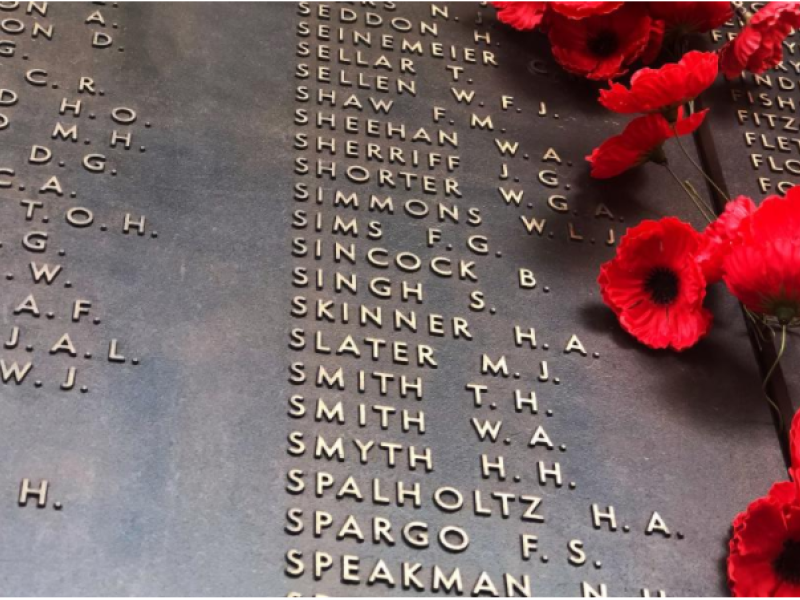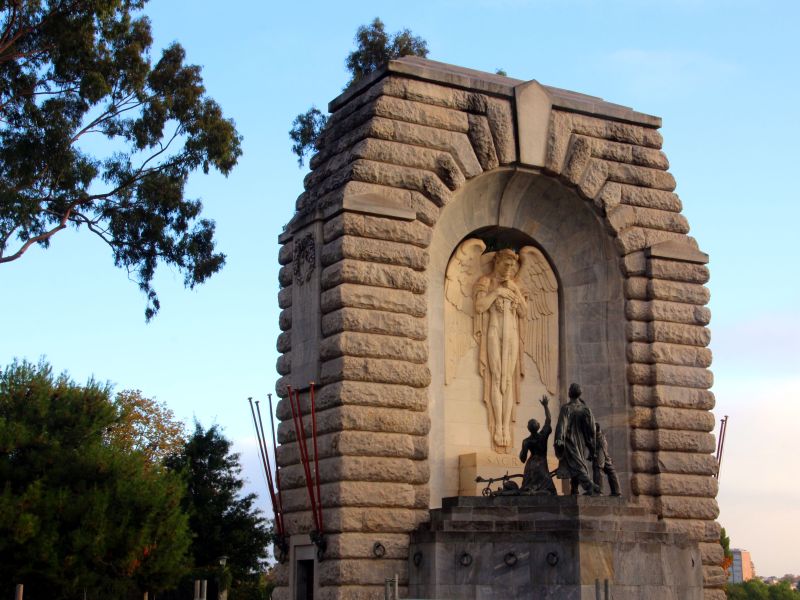Pte Nain Singh Sailani, 44th Battalion, Pte Sarn Singh, 43rd Battalion, and Pte Desanda Singh, 3rd Light Horse, AIF
In June 1917, Private Nain Singh Sailani and Private Sarn Singh were killed in action on the Western Front.
They were among at least 12 Indian Australians who enlisted in the Australian Imperial Force (AIF), and were killed in action, during the First World War. Others, such as Desanda Singh, survived the war.
The Defence Act of 1909 stated that those “not substantially of European origin or descent” were ineligible to enlist. Despite this, more than 400,000 people of Asian, Mediterranean, Aboriginal, Torres Strait and Indian descent voluntarily enlisted in the AIF.
Indian troops were highly thought of by Australians. In 1915, Private Charlie Beherendt said: “I have been fighting side by side with Kitchener’s army, and the Sikhs and Gurkhas. The Indians fight like tigers and are a great unit to the Empire.”
Private Nain Singh Sailani was born in Shimla, India. He emigrated to Perth in 1895, aged 22 and worked as a labourer. In February 1916, he enlisted in the AIF, aged 43. He embarked on the Suevic joining the 44th Battalion on the Western Front in November.
In May 1917, the 44th was in Ploegsteert Wood, Belgium, repairing trenches and moving supplies, under dangerous conditions and artillery fire. On 1 June, they raided a German trench, resulting in 22 casualties.
Among the dead was Private Nain Singh Sailani. He was buried at Strand Military Cemetery in Belgium.
Sarn Singh emigrated to Australia from Jullundur, Punjab, settling near Loxton in South Australia’s Riverland where he worked as a farmer. Singh was 38 when he enlisted in the AIF in May 1916 with the 43rd Battalion.
On 10 June 1917, during his unit’s advance on German positions at Messines Ridge, Singh was killed by artillery fire.
In Jullundur, his wife faced a future without her husband and provider, writing to Base Records:
“Words fail to express my mournful feelings and my miserable condition… I therefore see no one else except you who may do me any kind of favour for supporting my life as well as saving my virtue… it would have been much better if I might [have] died before my husband did.”
Desanda Singh was a well-known travelling salesman from Kapurthala, Punjab, India, who settled near Ceduna in South Australia. Described as a “genial Indian hawker” renowned for his gold and blue turban, Desanda Singh was 38 when he enlisted in 1917.
He joined the 3rd Light Horse and arrived in Egypt in April 1918. He worked in administration at headquarters until August, when he was discharged and sent back to Australia. Singh’s discharge was ambiguously listed as “by discretion of authorities because of peculiar conditions existing in this theatre”. Singh survived the war and returned to South Australia, trading as a hawker until at least 1946.
Although enlistments of Indian Australians accounted for a small proportion of the AIF, their stories demonstrate the diversity and the changing face of Australia’s military past. We thank them for their service.
Meghan Adams, Military History Section
- Australian War Memorial https://www.awm.gov.au/articles/blog/remembering-sikhs

 Australian War Memorial
Australian War Memorial